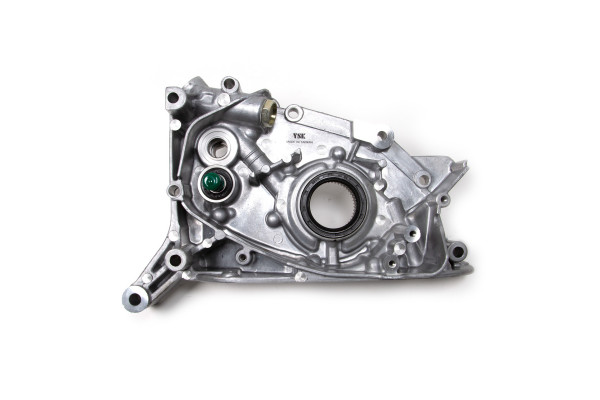The Importance of Engine Valves in Automotive Technology
When it comes to the intricate machinery that powers the modern automobile, there are few components more crucial than the engine valves. These small, seemingly simple parts play a vital role in the overall performance and efficiency of an engine, and understanding their function is essential for anyone with an interest in automotive technology.
In this article, we will delve into the world of engine valves, exploring their various types, functions, and the impact they have on the performance of an engine. By the end, you will have a comprehensive understanding of just how important these little components really are.
Types of Engine Valves
Engine valves come in two primary types: intake valves and exhaust valves. The intake valves are responsible for allowing the air-fuel mixture to enter the combustion chamber, while the exhaust valves allow the spent gases to exit the chamber. Both types of valves work in tandem to ensure the smooth and efficient operation of the engine.
Intake valves are typically larger in size compared to exhaust valves, as they need to allow a larger volume of air-fuel mixture to enter the combustion chamber. Exhaust valves, on the other hand, are designed to withstand higher temperatures and pressures, as they are responsible for expelling the hot gases produced during the combustion process.
The Function of Engine Valves
The primary function of engine valves is to open and close at the correct times to facilitate the intake of air-fuel mixture and the expulsion of exhaust gases. This process is crucial for the proper functioning of the engine, as it ensures that the combustion process occurs at the right time and in the right sequence.
Engine valves are operated by the camshaft, which is synchronized with the movement of the crankshaft. The camshaft’s lobes push against the valves, causing them to open and close according to the engine’s timing. This precise coordination is essential for the engine to run smoothly and efficiently.
Materials and Construction of Engine Valves
Engine valves are typically made from high-strength steel or heat-resistant alloys, such as titanium or cobalt-chrome. These materials are chosen for their ability to withstand the high temperatures and pressures inside the combustion chamber, as well as the repetitive opening and closing motions that the valves undergo during operation.
The construction of engine valves is also crucial to their performance and longevity. Valves are often coated with heat-resistant materials, such as stellite or titanium nitride, to protect them from the intense heat generated during the combustion process. Additionally, the valve stems are hardened and polished to reduce wear and ensure smooth operation.
The Impact of Engine Valves on Performance
Given the critical role that engine valves play in the operation of an internal combustion engine, it is no surprise that they have a significant impact on its performance. Properly functioning valves are essential for achieving optimal power output, fuel efficiency, and emissions control.
Valves that are worn or damaged can lead to a range of performance issues, including reduced power, rough idling, and increased fuel consumption. Additionally, poorly functioning valves can cause overheating and damage to other engine components, leading to costly repairs and potential safety hazards.
Conclusion
Engine valves may be small, but their importance cannot be overstated. Without these essential components, the modern internal combustion engine would simply not be able to function. Understanding the types, functions, and materials of engine valves is crucial for anyone with an interest in automotive technology, as it allows for a deeper appreciation of the incredible complexity and precision engineering that goes into every vehicle.
Next time you take a drive, spare a thought for the humble engine valves, silently doing their job to keep your engine running smoothly and efficiently.
,refusal: null








Leave a Comment